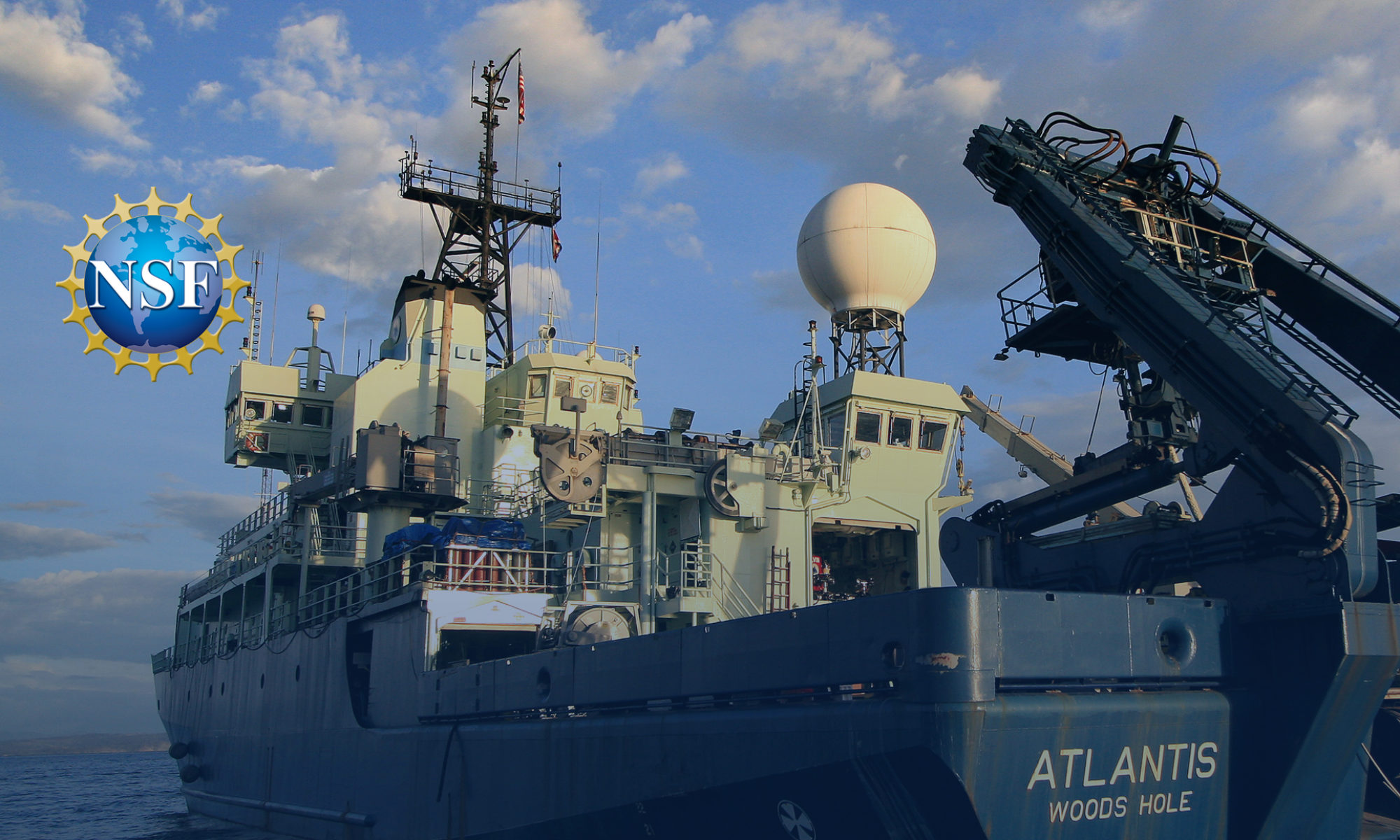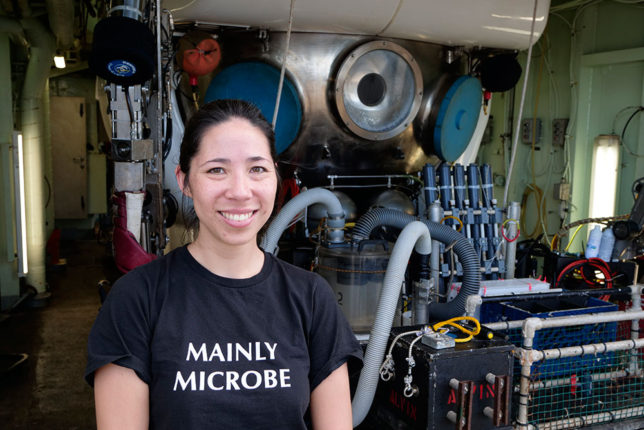
Post by: Rika Anderson of Carleton College
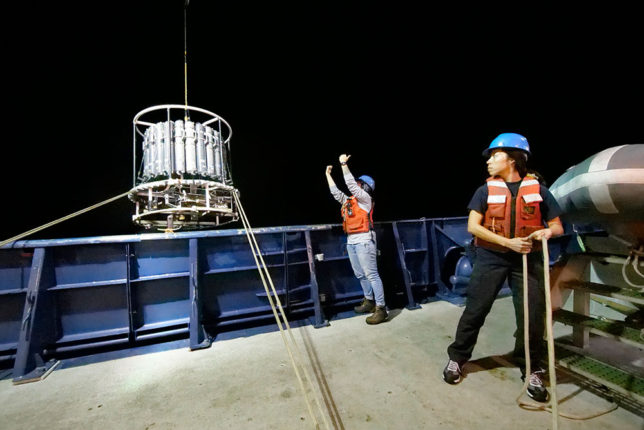
Let’s start with some numbers. Consider the number 10-7 (0.0000001). That’s the approximate length, in meters, of a single virus. Just for scale, more than 5,000 viruses could fit across the width of your fingernail. We can’t see that with the naked eye.
Now consider the number 10 million (10,000,000,000). That’s the number of viruses in a single teaspoon of seawater. Another number: there are 1023 (that’s a one followed by 23 zeroes or 100,000,000,000,000,000,000,000) teaspoons of water in our oceans. That means there are about 1030 viruses in our oceans.
To give you a sense of the sheer size of that number, if you were to line up all those viruses end-to-end, stretching out into a thin, delicate strand, that strand would span the Milky Way galaxy 100 times. (See here for citations for these numbers!)

Most of these viruses can’t make us sick—instead, their victims of choice are mostly single-celled microbes, which merely number in the millions in a single teaspoon of seawater. I study the viruses that live in the darkest, hottest places in our oceans—deep-sea hydrothermal vents. Not only do viruses live in hydrothermal vents, but we think those viruses manipulate microbes by hiding in their genomes.
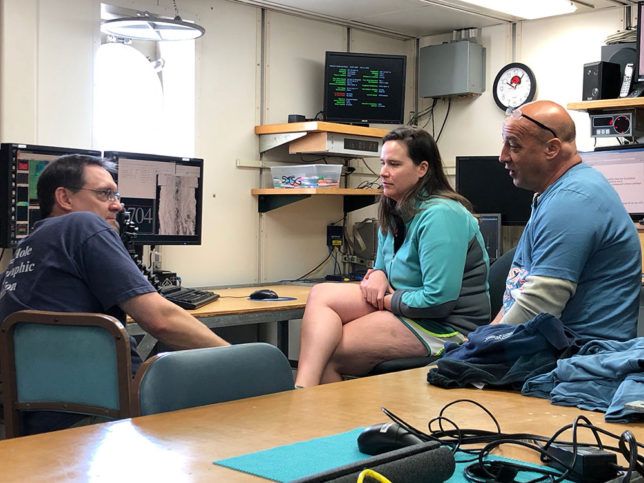
One of the best-known examples of viral manipulation of a host microbe occurs with the disease cholera. This disease is caused by drinking water contaminated with the bacterium Vibrio cholerae, and can lead to severe vomiting and diarrhea or even death. However, the symptoms of cholera are not caused by the bacterium, but by a portion of a viral genome tucked inside the genome of Vibrio cholerae. It is this viral genome that carries a gene encoding a toxin that causes the symptoms of cholera.
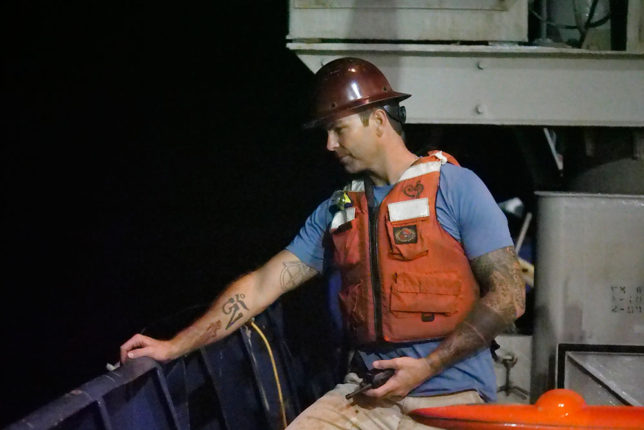
Some viruses are beneficial, often in surprising ways. Millions of years ago, a virus infected a mammalian ancestor, delivering a gene that allowed it to form a placenta. Without a virus, you wouldn’t have been born. (See here for more info on that story.)
Viruses similar to the cholera virus reside inside the genomes of hydrothermal vent microbes, as well. I want to know whether they carry genes encoding toxins or if they carry other types of genes.
My goal on this cruise is to collect viruses and microbes from deep-sea hydrothermal vents and then peer into their genomes to find out what kinds of viruses are there, who infects whom, and what genes the viruses carry. In the past, we’ve seen evidence of some viruses enabling their microbial hosts to obtain energy from different chemicals within the hydrothermal vent fluid than they usually do. This gives the microbes an additional tool in their genetic toolkit that helps them survive when the need arises.
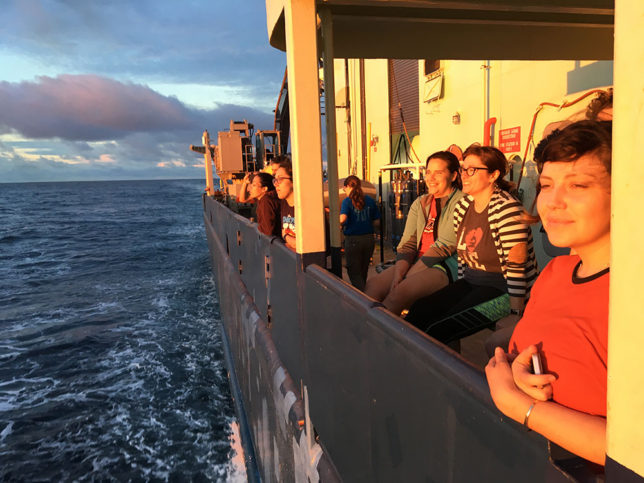
We usually think of viruses as parasites in that the virus gets some benefit out of the relationship, but not the host. But if a virus is hiding inside a microbe, then helping the microbe also helps the virus by ensuring that it has a safe place to live. In cases like this, viruses can become beneficial symbionts—at least for a while. Eventually, that virus will eventually leave its safe haven. It will start making new viruses and then burst the host microbe open to go off in search of new victims.
Viruses are messing around with the genomes of their hosts in just about any environment on Earth, but I’m interested in deep-sea hydrothermal vents because I think viruses have been playing this game for billions of years. Some scientists think that deep-sea hydrothermal vents were important sites for the origin and early evolution of life on Earth, and I think this virus-host relationship was key to that success. If we can understand how evolution operates in these places, we might better understand how microbes and viruses evolved together on the early Earth—and whether life might exist elsewhere in the universe.
